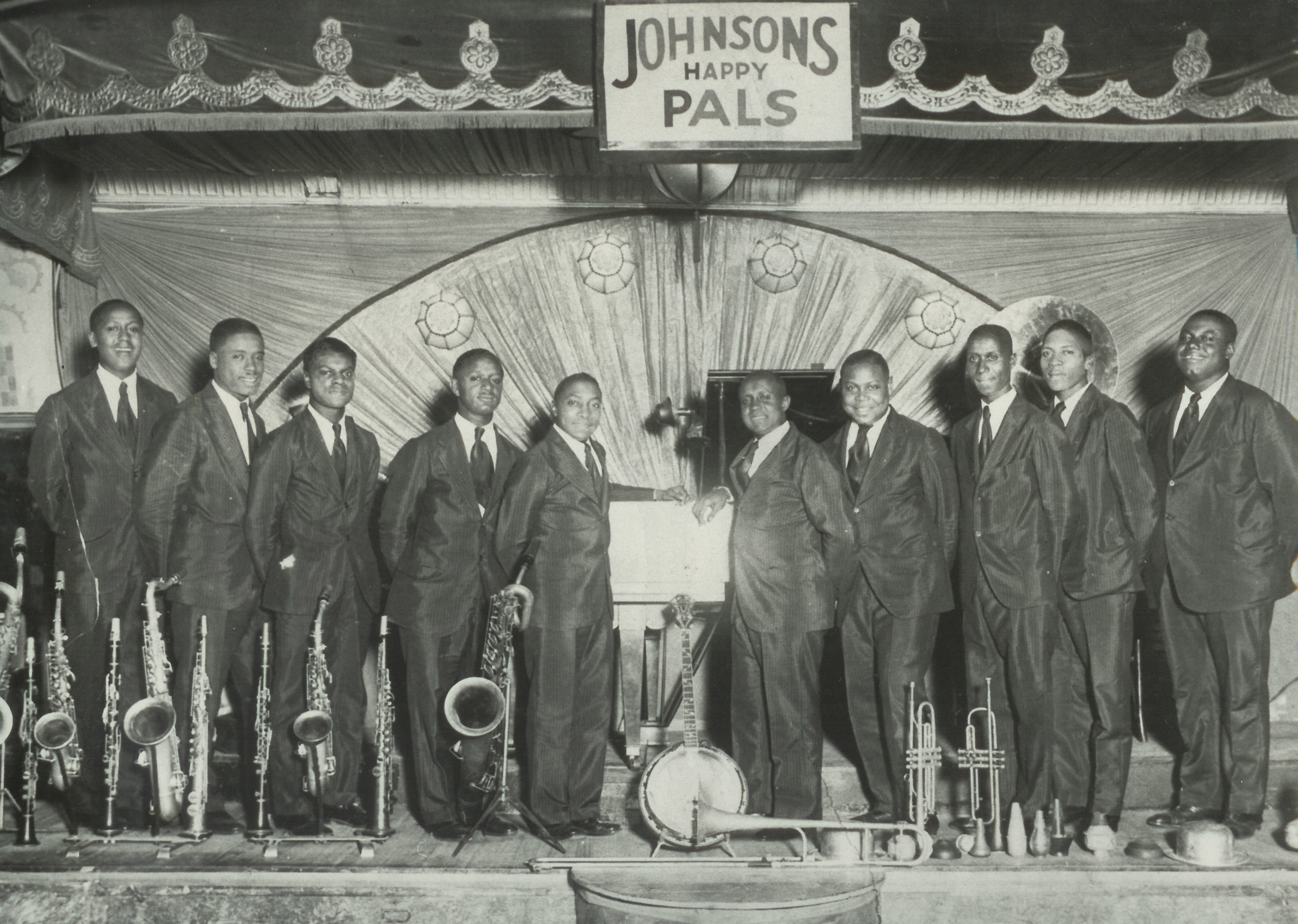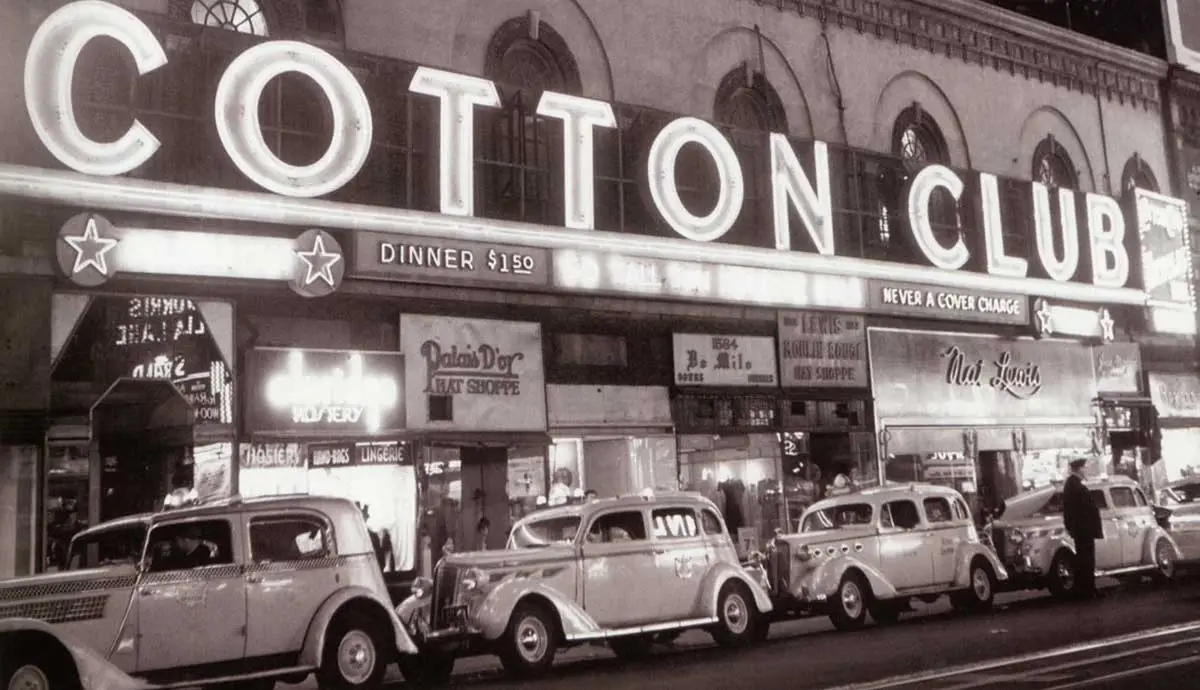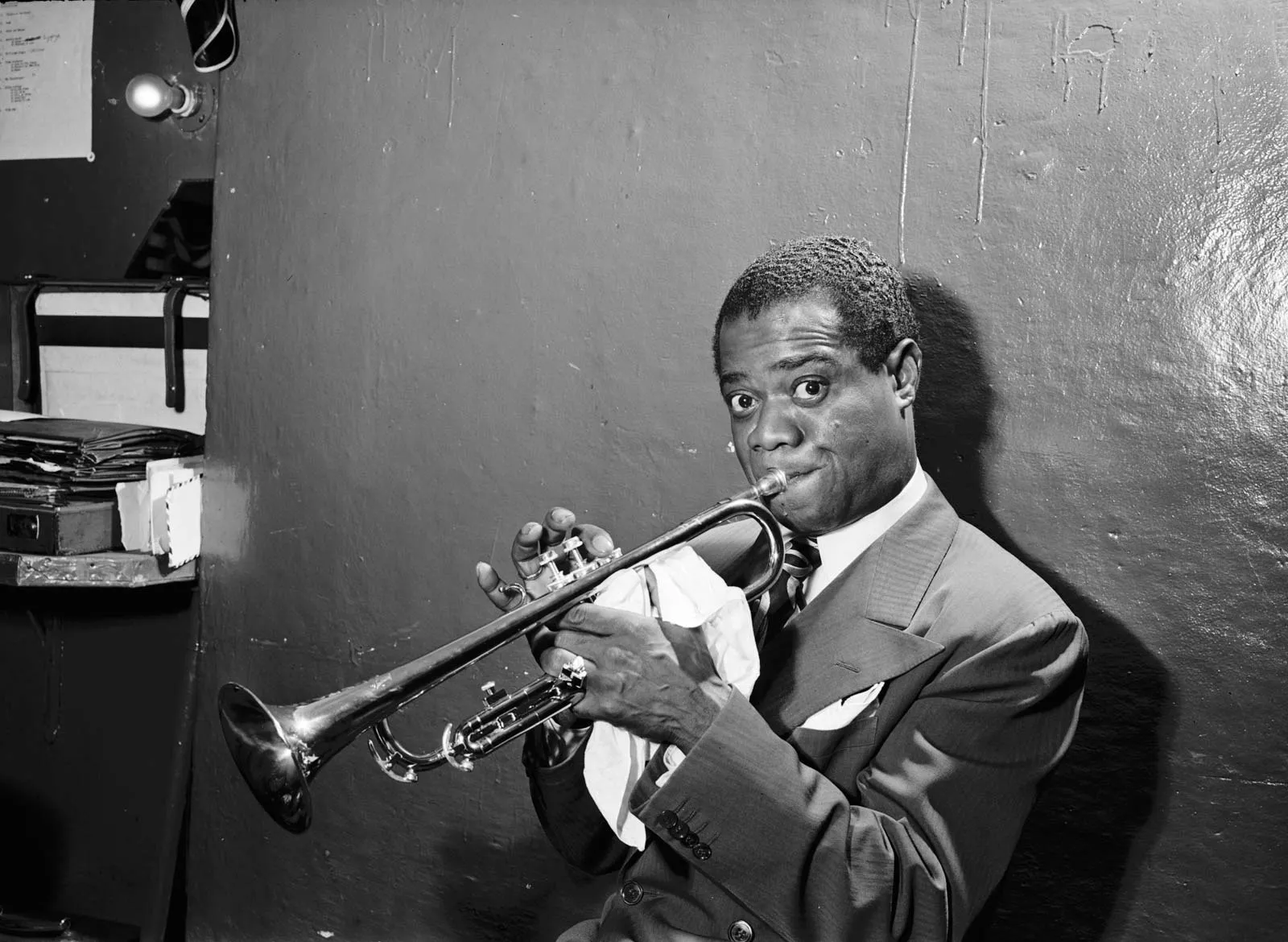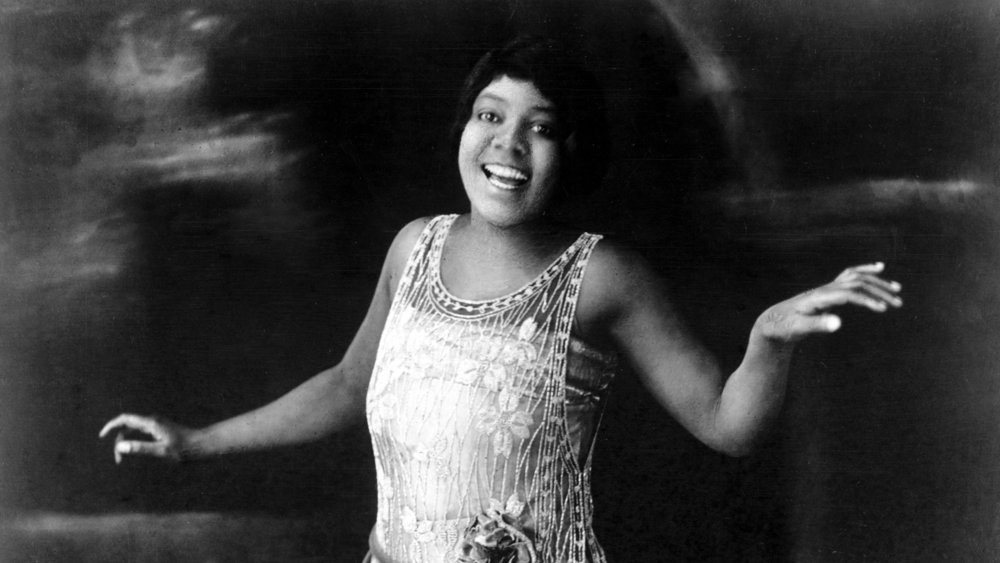New Opportunities
The Harlem Renaissance was an “expression of our individual dark-skinned selves”.
~ Langston Hughes, Jazz Poet (1926)
The Great Migration
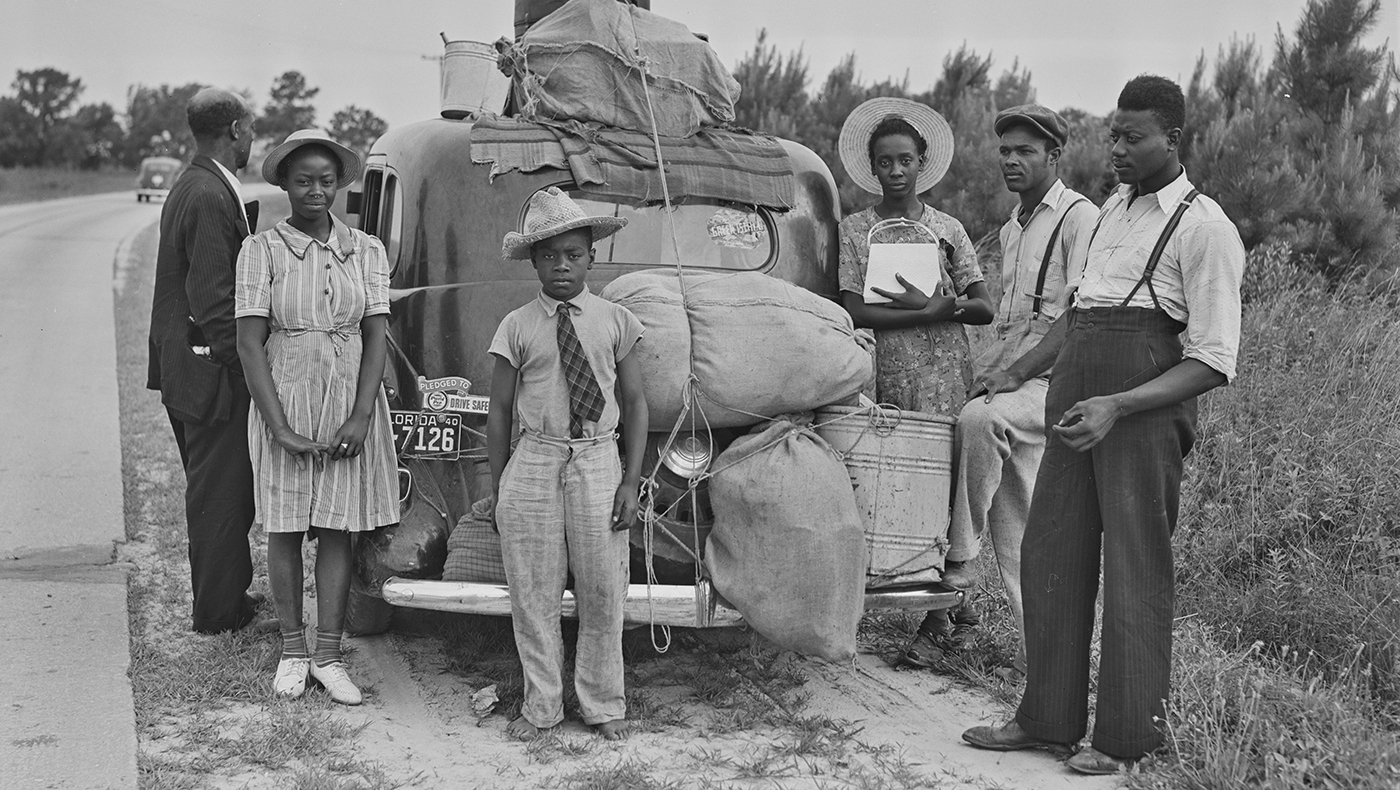
Black American family moving north, circa 1930 (University of Deleware)
The Great Migration, approximately 6 million Black Americans moved out of the South towards Northern cities such as New York where they were offered jobs and created art for the public for the first time.
"Pay the thunder no mind - listen to the birds. And don't hate nobody." -Eubie Blake
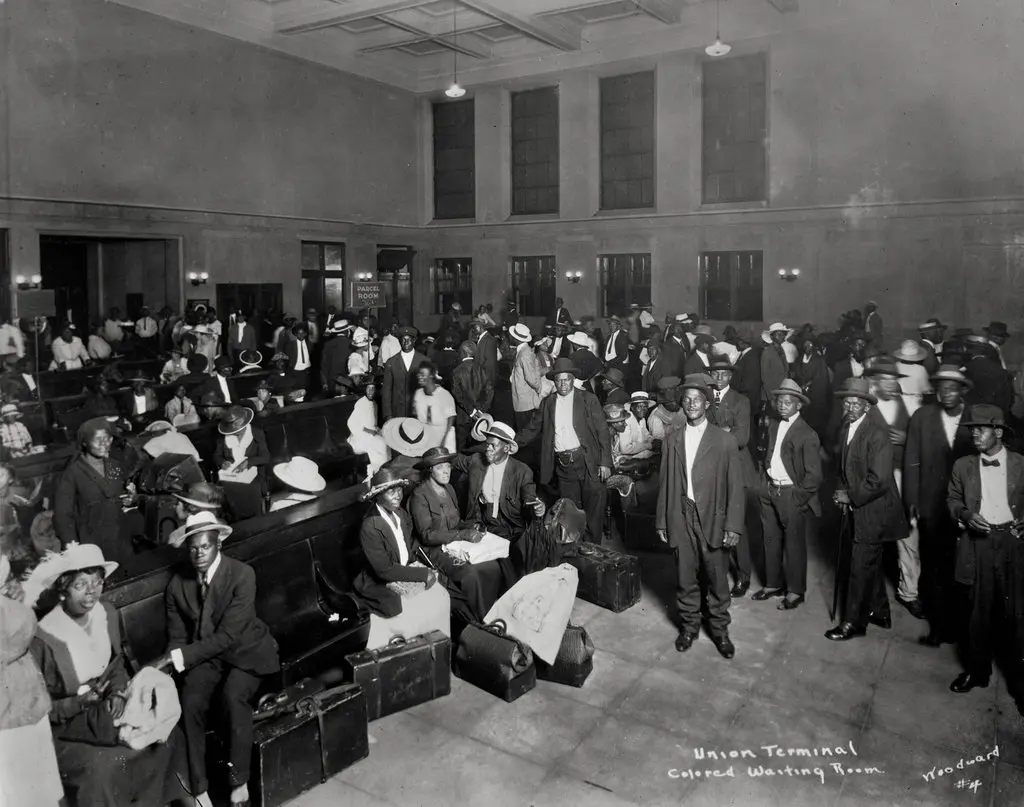
A Segregated Railroad Waiting Room, Jacksonville Florida, 1921 (State Archives of Florida)
Impact on the Arts
Northern theatres allowed Black Americans to write, produce, and act in their own performances.
Jazz musicians defined the decade's culture with powerful performances that popularized syncopation and unique rhythms.
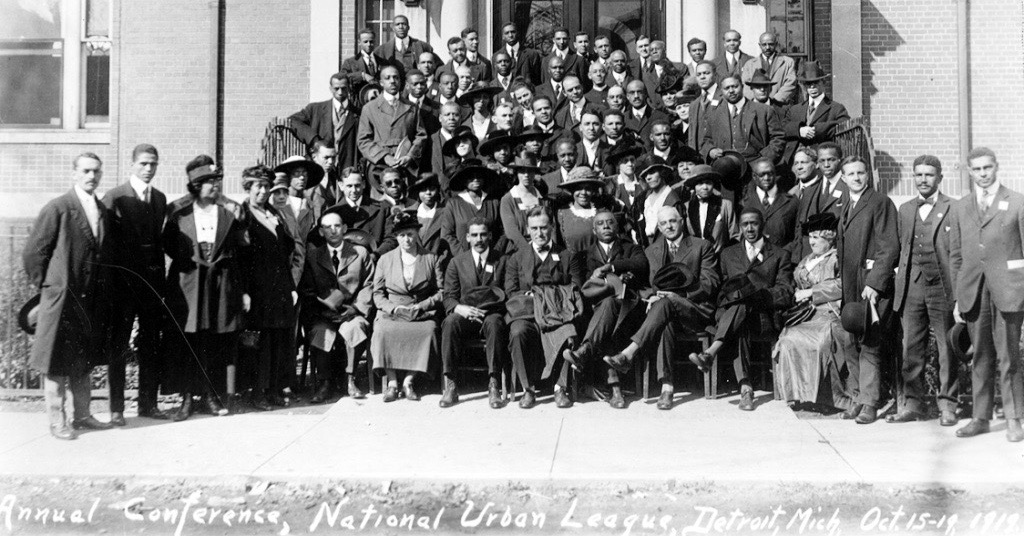
National Urban League Annual Conference October 1919, National Urban League
Offstage, Black Americans experienced discrimination, and employment scarcity. Business organizations such as the National Urban League helped Black Americans expand their economic opportunities.
